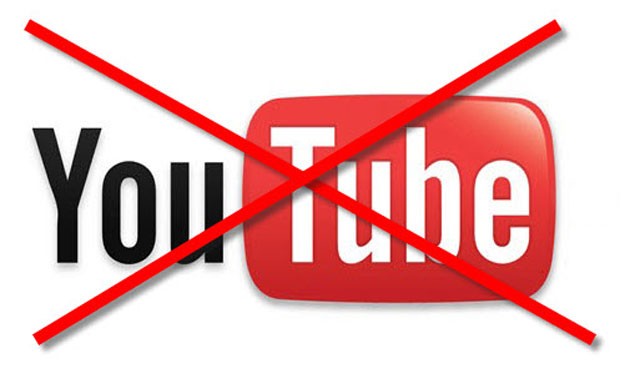
YouTube has millions of videos featuring user generated content, promotional videos for movies and music and the like. Once in a while, when one of these videos is considered to be inappropriate, copyright infringing or against the rules of YouTube and is usually removed. Sometimes material that is not removed can be of a controversial nature like the recent anti-Islamic movie titled Innocence of Muslims. The video caused a lot of rioting and problems in Muslim countries like Libya and Egypt in 2012. Pakistan ended up banning YouTube completely after protests against the video occurred in most major cities in the country. The four month ban was recently lifted to be almost immediately be re-instated.
Pakistan had planned to lift the ban on the Google owned video streaming site after it had acquired a internet filter which was developed to keep blasphemous content out of Pakistan’s internet user’s access. Once the government allowed YouTube to be turned on the National Firewall proved to be useless and users were still able to view the blasphemous content. The government ended up putting the ban back in place after only a few hours.
At the time the ban was lifted, the Interior Minister of Pakistan, Rehman Malik, took to Twitter and announced that ISP’s around the country had been instructed to lift the ban on YouTube. This was because the country had obtained software that would “totally block pornographic and blasphemous material.” The inability of the firewall to function properly has now become an embarrassing incident for the minister
The blanket ban has become troublesome itself and is causing issues with Android phones in Pakistan. Free speech advocates also believe the ban is not the right way to tackle negative or offensive material.
Pakistan has a history of blocking website it believes are anti-islamic or controversial. In 2010 YouTube, Facebook, Flickr, Wikipedia, and 400 other websites were blocked int he country because they contained blasphemous content.
Source: Fast Company